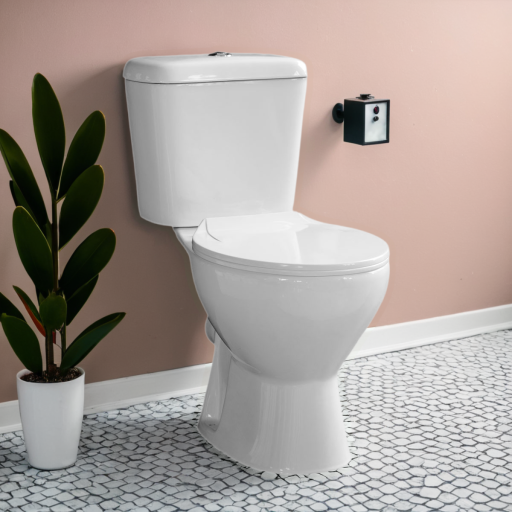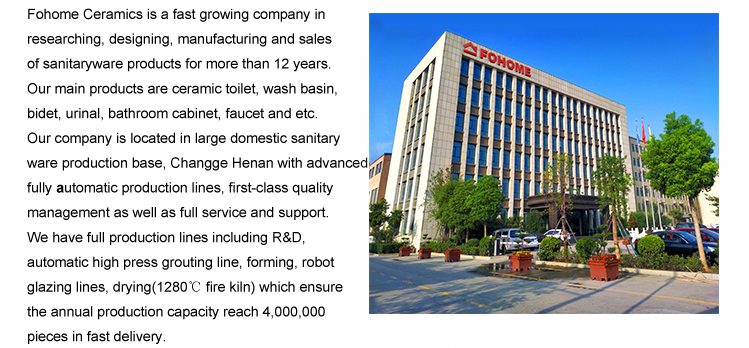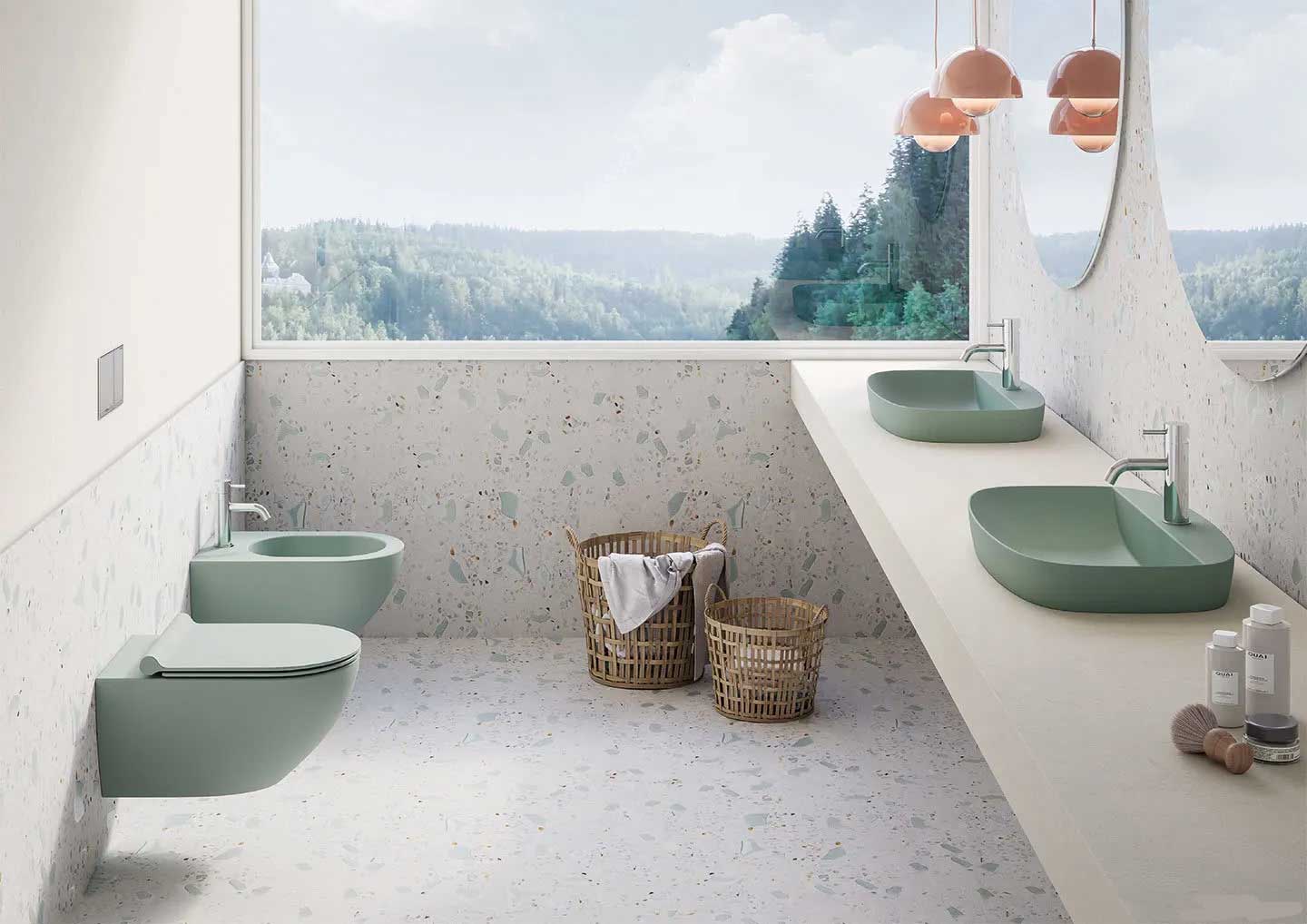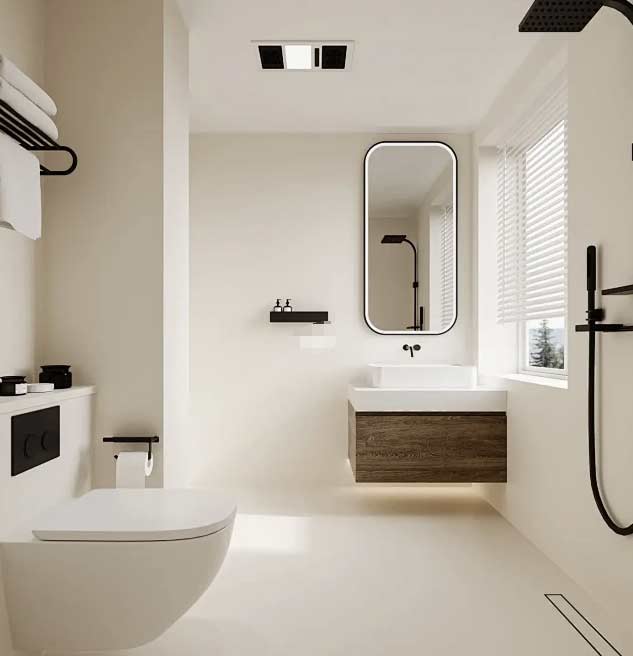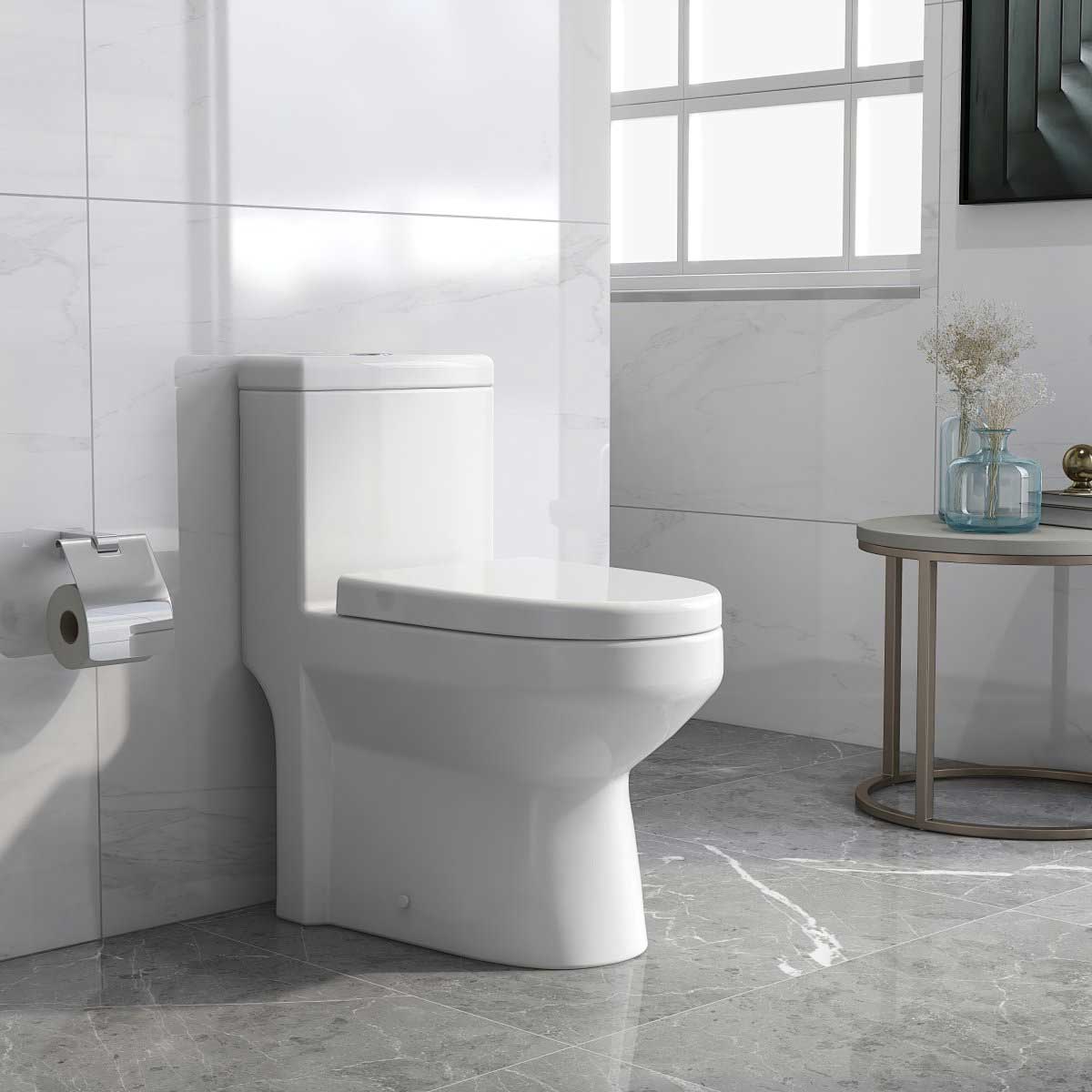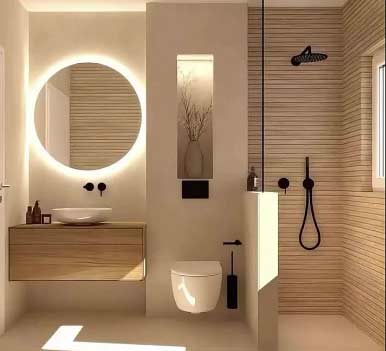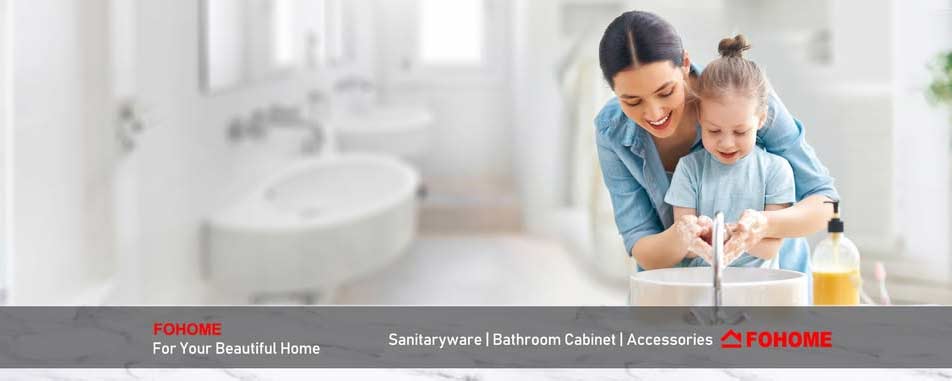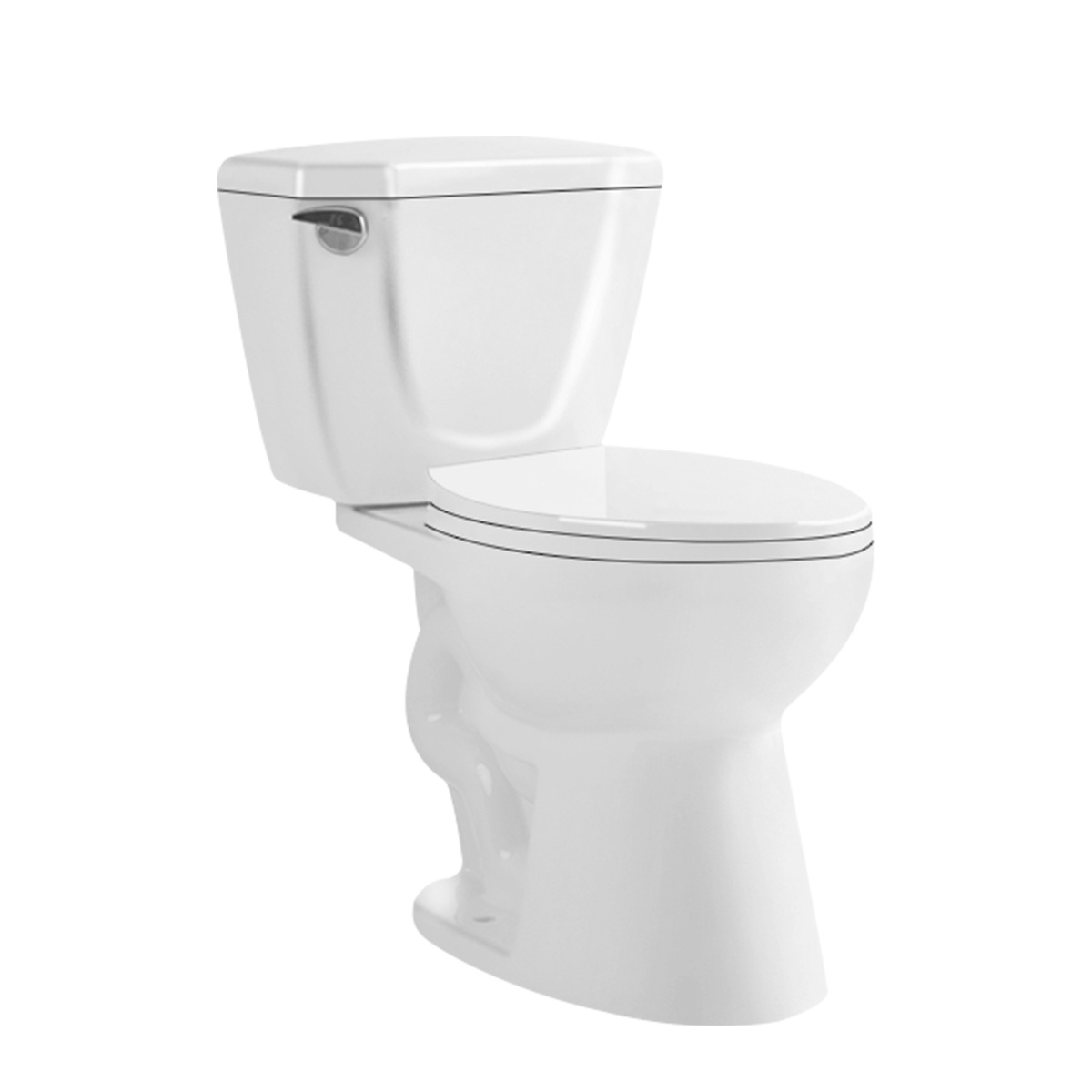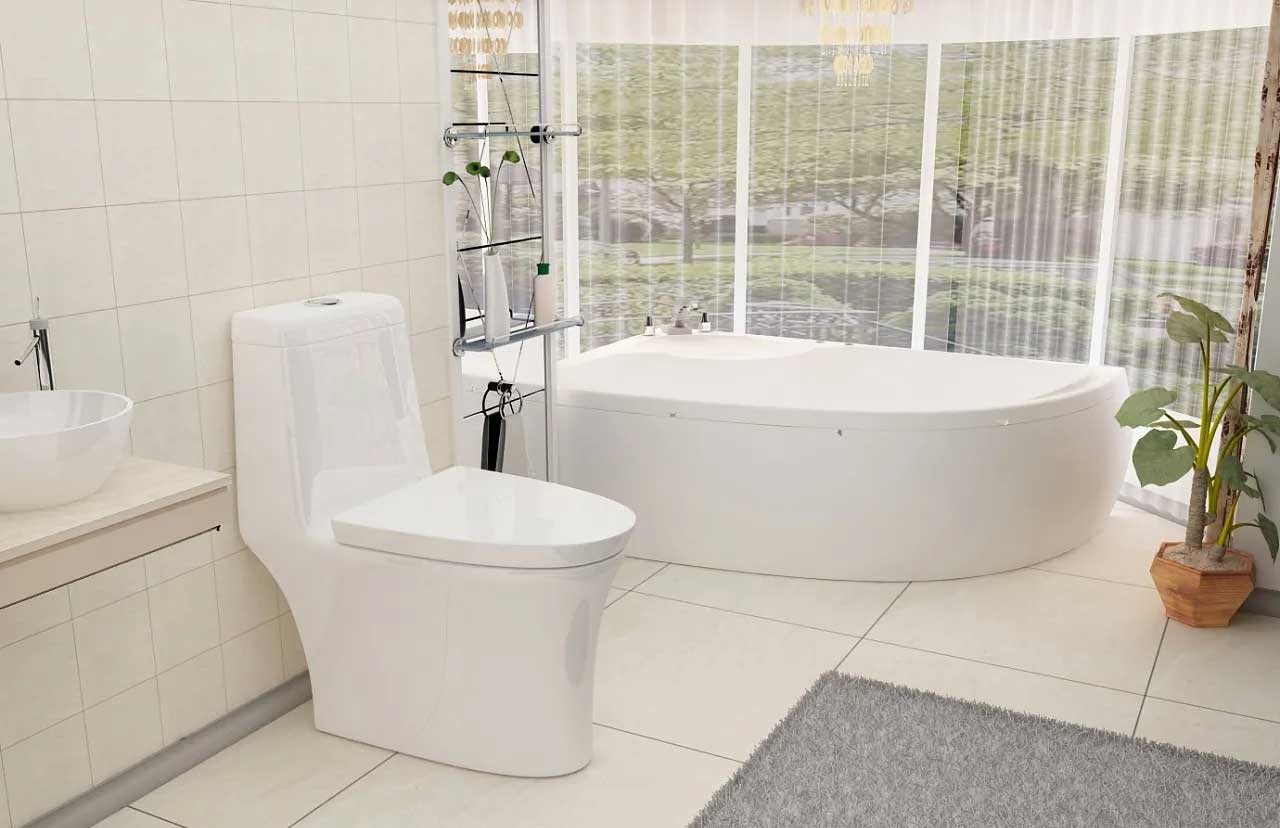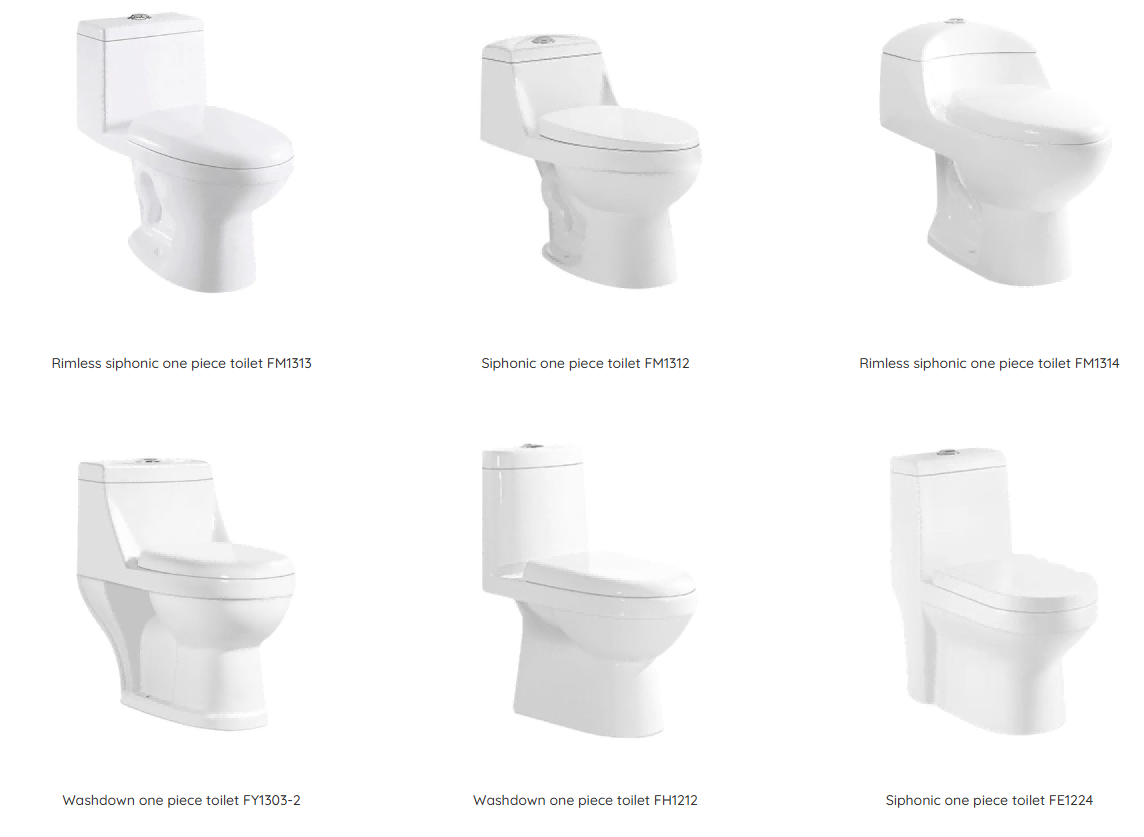In the realm of import/export, where goods traverse the globe, there’s an often overlooked yet indispensable commodity: toilets. Toilets might not be the first item that comes to mind when considering international trade, but they are a vital component of global commerce and infrastructure. Whether you’re importing or exporting toilets, understanding what to look for is crucial to ensure quality, efficiency, and compliance with regulations. Here’s a comprehensive guide on what to consider when dealing with import/export toilets.
Quality and Durability
The foremost consideration when importing or exporting toilets is quality. A durable toilet ensures longevity and minimal maintenance costs. Look for toilets made from high-quality materials such as porcelain or vitreous china, known for their resilience and longevity. Pay attention to the flushing mechanism, hinges, and other moving parts to ensure they are sturdy and built to last.

100% toilet flush test
Water Efficiency
With growing concerns about water scarcity and environmental sustainability, water-efficient toilets are in high demand globally. When importing or exporting toilets, consider models that are certified by organizations like the WaterSense label in the United States or similar certifications in other countries. These toilets use significantly less water per flush without compromising performance, making them appealing to environmentally conscious consumers and businesses.
Design and Aesthetics
The design of a toilet can vary greatly depending on cultural preferences and architectural styles. When importing or exporting toilets, consider the design aesthetic that resonates with your target market. Sleek and modern designs might appeal to urban consumers, while traditional designs with intricate details might be preferred in historical or culturally rich regions.
Compliance with Regulations
International trade is subject to various regulations and standards, and toilets are no exception. Ensure that the toilets you import or export comply with local regulations regarding safety, quality, and water efficiency. Familiarize yourself with certification requirements and ensure that the toilets meet relevant standards such as ANSI, CSA, or CE certifications.
Packaging and Transportation
Proper packaging is essential to prevent damage during transit. When exporting toilets, choose packaging materials that provide adequate protection against shocks, vibrations, and moisture. Consider the logistics of transportation, including shipping costs, container size, and handling requirements. Optimize packaging to maximize container space and minimize shipping expenses.
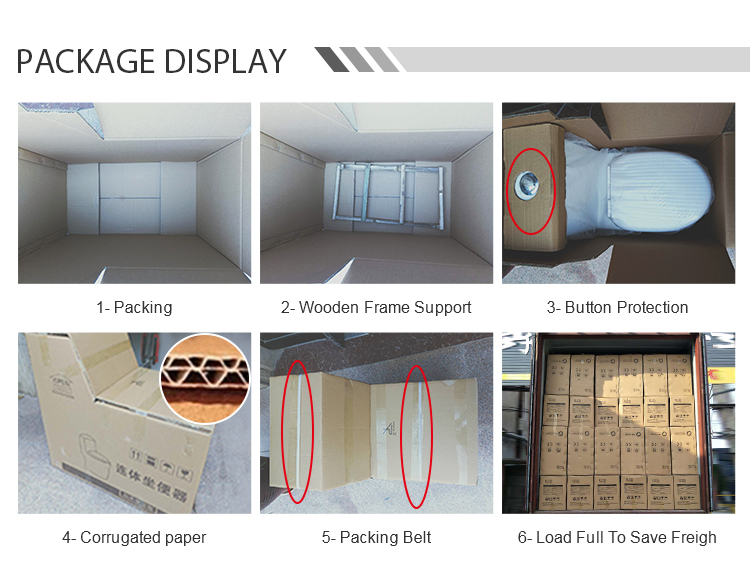
one piece toilet packing display
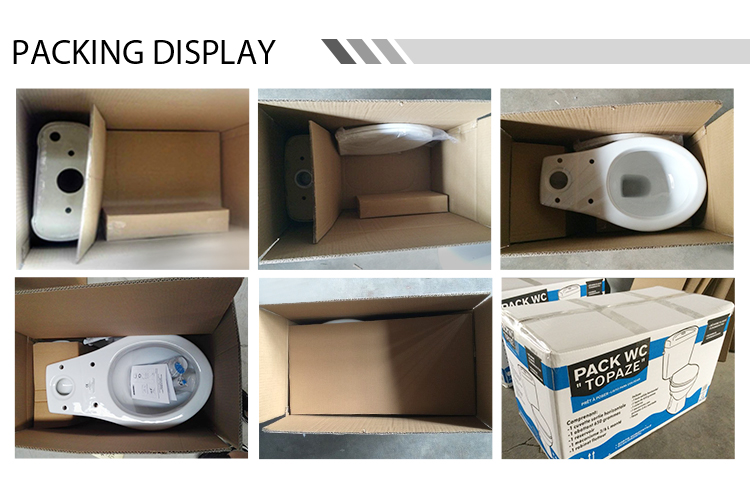
two piece toilet packing display
Supplier Reputation
The reputation of your supplier plays a crucial role in the quality and reliability of the toilets you import. Research potential suppliers thoroughly, examining their track record, customer reviews, and certifications. Establish clear communication channels and negotiate terms that prioritize quality control and customer satisfaction.
After-Sales Support
Importing toilets doesn’t end with the sale; it extends to after-sales support and customer service. Choose suppliers who offer warranty coverage, spare parts availability, and responsive customer support. A reliable after-sales service ensures customer satisfaction and builds trust in your brand, leading to repeat business and positive word-of-mouth recommendations.
Cultural Sensitivity
Cultural considerations are paramount when importing or exporting toilets to diverse regions. Factors such as toilet design, flushing mechanism, and installation requirements can vary significantly between cultures. Take the time to understand cultural preferences and customs related to toilets to avoid any unintended offense or misunderstanding.
Conclusion
Importing or exporting toilets requires careful consideration of various factors, including quality, water efficiency, design, regulations, packaging, supplier reputation, after-sales support, and cultural sensitivity. By prioritizing these aspects, you can ensure that the toilets you deal with meet the needs and expectations of your target market while complying with relevant regulations and standards. Whether you’re outfitting residential buildings, commercial establishments, or public infrastructure, investing in high-quality toilets is essential for long-term satisfaction and success in the import/export business.

